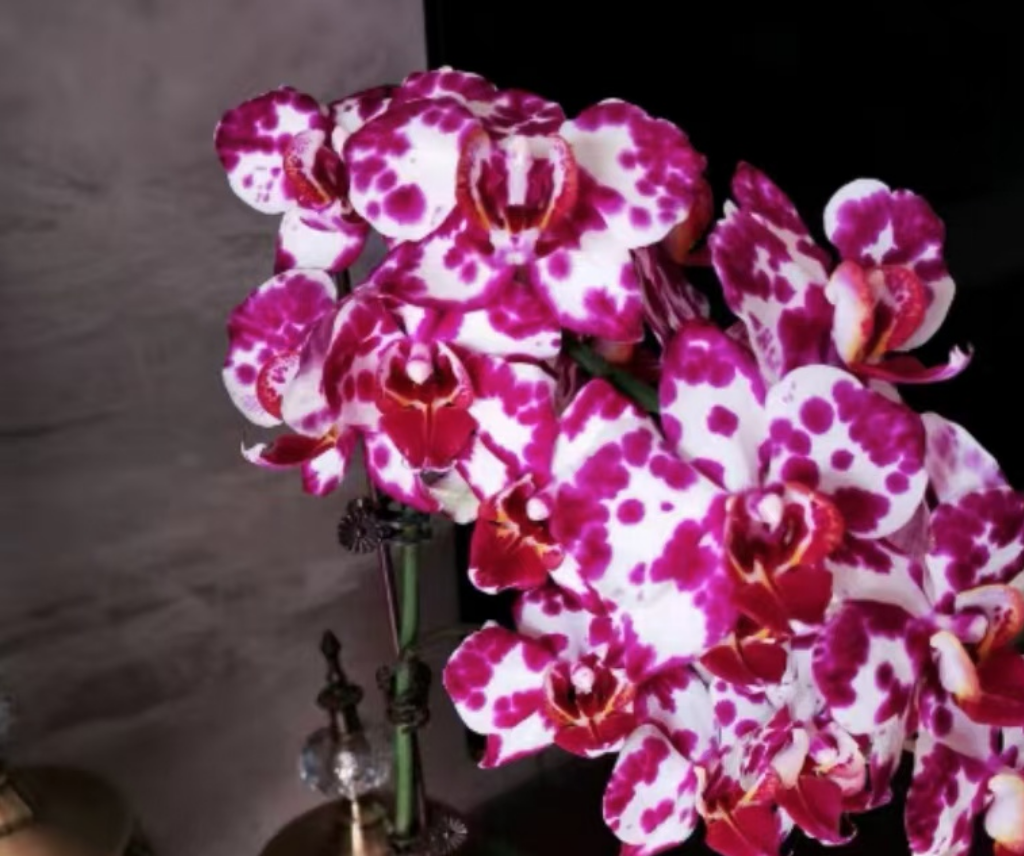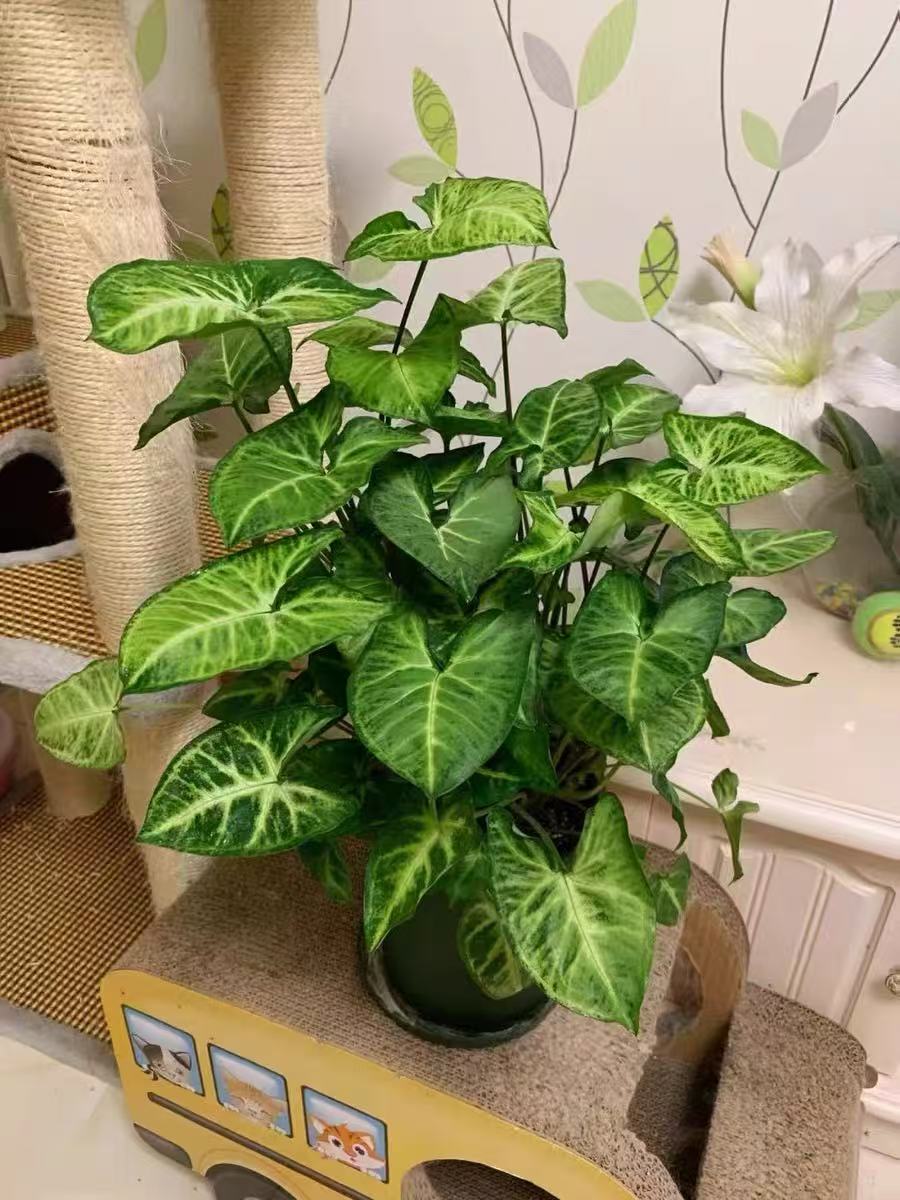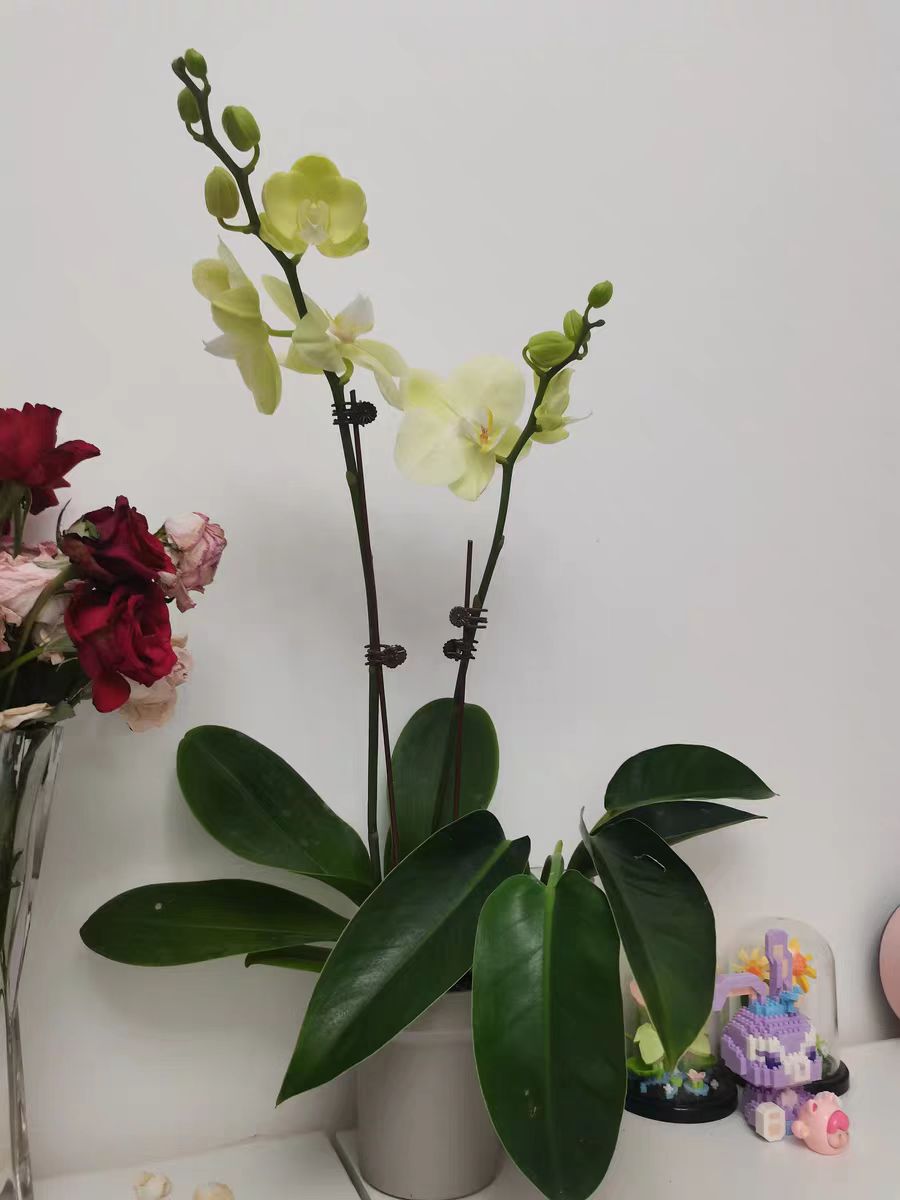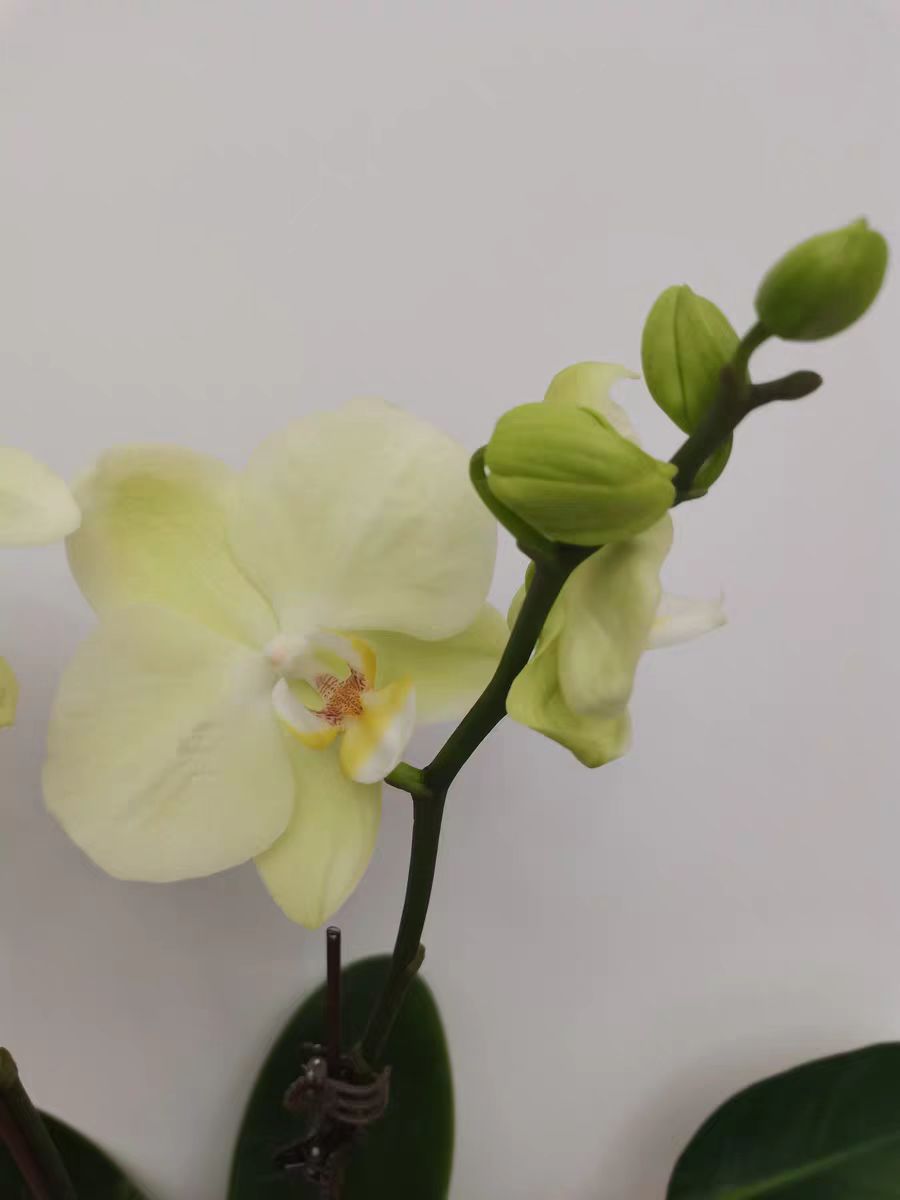In recent years, Phalaenopsis has won the hearts of many flower lovers with its elegant posture and diverse flower colors. Therefore, it has become an indispensable protagonist among the New Year's flowers.
However, when admiring its colorful flowers, many flower lovers inevitably have questions in their minds. Are these charming flower colors really natural? Or are they artificially dyed during later cultivation?
The flower colors of Phalaenopsis found on the market are quite diverse. Some flower colors are pink, cute ,some are rich and eye-catching, and there are also mysterious blue and pure white varieties. However, the reason for all these beautiful colors is the ingenious use of dyeing technology by flower growers. Specifically, flower growers will conduct market research to understand the flower colors preferred by consumers. Then, they will prepare and apply the dye solution, watering it onto the roots of the plants, thus making the colors of the Phalaenopsis flowers more diverse.
However, for flowers with artificially added dyes like this, when the plants bloom for the second time, the colors will gradually fade. Therefore, if you want to maintain the gorgeous colors when you first purchased it, you need to apply the dye in a timely manner before the Phalaenopsis blooms.
So, what exactly are the components of the dyes usually used for Phalaenopsis? Generally, food-grade safe components are selected, such as anthocyanins, carotenoids, flavonoids, minerals, and surfactants, etc. These components are not only highly safe but also do no harm to plants and humans. At the same time, the dyes mentioned above also have good water solubility and permeability, which can stabilize the pigments in the petals.
In the flower market, if you don't want Phalaenopsis with non-natural flower colors, how can you quickly distinguish whether it has been dyed? First, you can start by looking at the uniformity of the flower color. Generally speaking, the colors of natural flowers are not uniform, and upon close inspection, there may be small speckled spots. Then, touch the texture of the petals. The petals of naturally grown flowers are relatively soft and flexible, while the petals that have been dyed either feel extremely smooth or you can clearly feel a layer of coating, just like the petals are wearing an airtight "plastic coat".
What dyes are used for dyeing Phalaenopsis?

Share with
Tagged in :




Leave a Reply